Picture this: you’re standing in the middle of Montana’s rolling plains, wind whipping across endless grasslands, when suddenly your boot kicks against something unusual protruding from an eroded hillside. That “something” could be a 70-million-year-old Triceratops horn or a massive T. rex femur waiting to rewrite paleontology textbooks. This isn’t just a fantasy—it’s happening right now across Montana’s fossil-rich landscape, where some of Earth’s most spectacular dinosaur discoveries continue to emerge from ancient rock layers.
Montana’s Perfect Prehistoric Storm
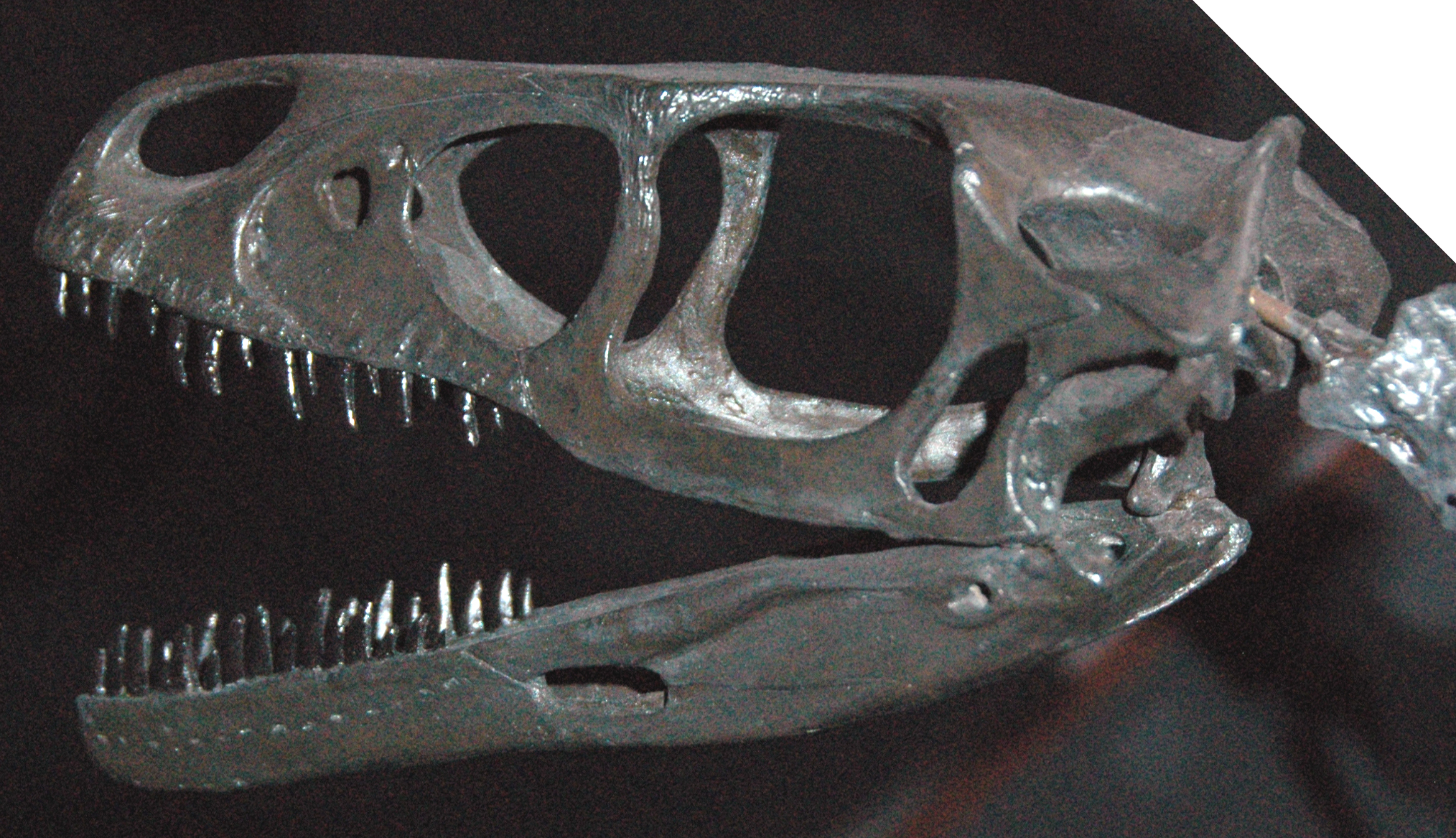
Montana didn’t become a dinosaur treasure trove by accident. The state sits perfectly positioned where ancient geological forces created ideal conditions for fossil preservation millions of years ago. During the late Cretaceous period, this region was a subtropical paradise filled with lush forests, meandering rivers, and vast coastal plains where dinosaurs thrived in abundance.
When these magnificent creatures died, they were quickly buried by sediments from flooding rivers and volcanic ash falls. This rapid burial process prevented decay and scavenging, creating the perfect recipe for fossilization. Layer upon layer of sediment accumulated over millions of years, creating a geological time capsule that paleontologists are still unwrapping today.
The Hell Creek Formation’s Legendary Status

The Hell Creek Formation stretches across eastern Montana like a prehistoric highway frozen in time. This rock formation represents the final chapter of the dinosaur era, capturing the last few million years before the mass extinction event that ended their reign. Paleontologists consider it one of the most important dinosaur fossil sites on the planet, and for good reason.
Within these layers lies evidence of some of the most famous dinosaurs ever discovered, including Tyrannosaurus rex, Triceratops, and the duck-billed Edmontosaurus. The formation’s unique preservation conditions have yielded not just bones, but sometimes complete skeletons, skin impressions, and even fossilized soft tissues that provide unprecedented insights into dinosaur biology.
What makes Hell Creek particularly special is its temporal precision—it captures a specific slice of prehistoric time when dinosaurs were at their evolutionary peak, just before their sudden disappearance.
Why Montana’s Geology Creates Fossil Gold Mines
Montana’s geological makeup reads like a paleontologist’s dream recipe. The state’s sedimentary rock layers formed in ancient river deltas, lakes, and coastal environments where dead animals could be quickly buried and preserved. These weren’t violent, bone-crushing environments, but gentle depositional settings that kept skeletons intact.
The region’s alternating layers of sandstone, mudstone, and shale created perfect preservation conditions for different types of fossils. Sandstone preserved larger bones, while fine-grained mudstone captured delicate features like skin textures and small bones. This geological diversity means Montana’s fossil record is incredibly complete and detailed.
Modern erosion patterns work in paleontologists’ favor too, gradually exposing new fossil layers while protecting others deeper underground for future discovery.
T. Rex Territory: Montana’s Most Famous Residents
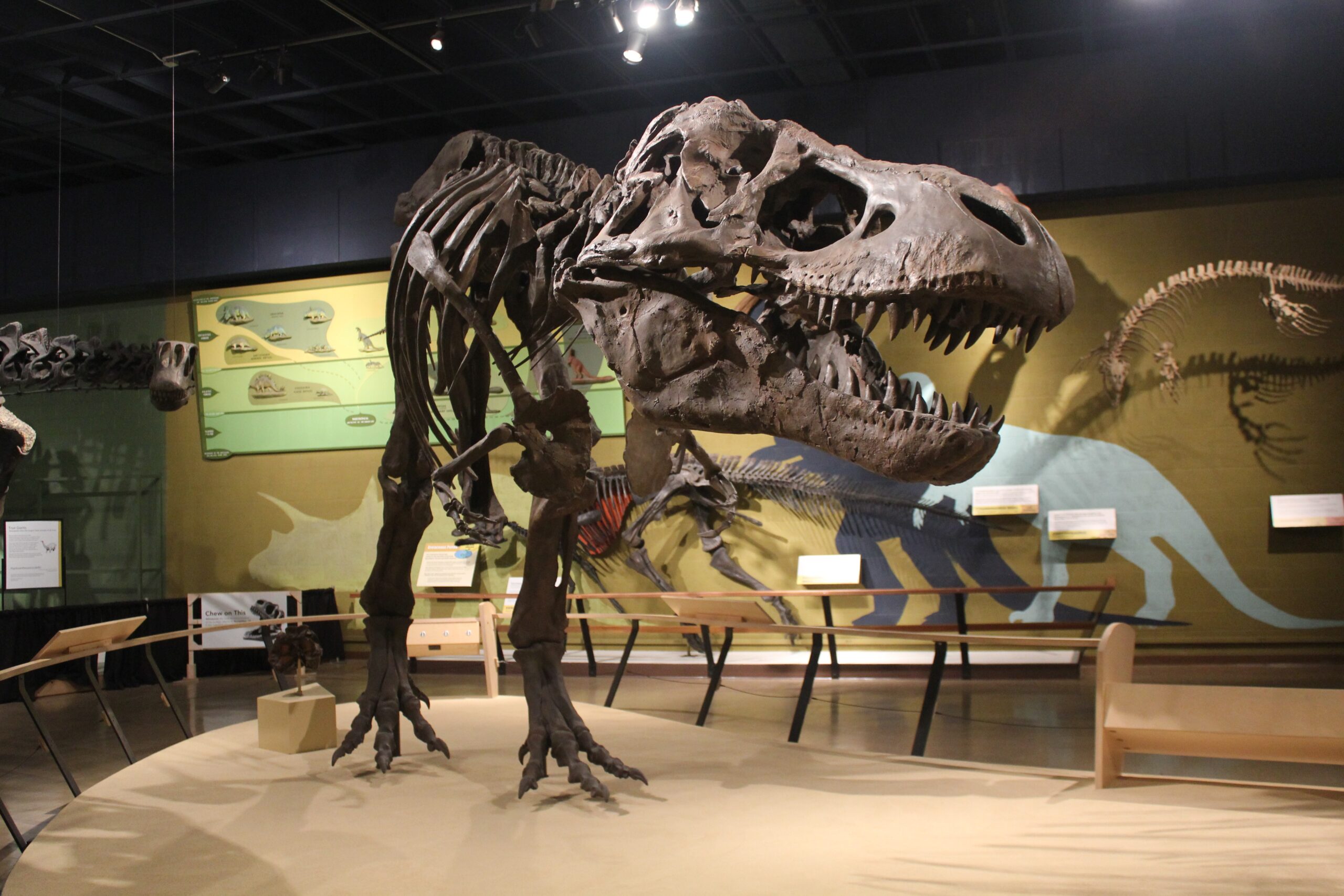
Montana has earned the unofficial title of “T. rex capital of the world,” and it’s not hard to see why. More Tyrannosaurus rex specimens have been discovered here than anywhere else on Earth, including some of the most complete and scientifically significant finds. The famous “Sue” was discovered in South Dakota, but Montana’s specimens like “Stan” and “Jane” have provided equally important scientific insights.
These discoveries aren’t just about bragging rights—they’re revolutionizing our understanding of T. rex biology, behavior, and evolution. Montana’s T. rex fossils have revealed evidence of pack hunting, parental care, and even possible cannibalism among these apex predators.
The state’s T. rex discoveries span different age groups, from juveniles to fully mature adults, allowing scientists to study how these giants grew and developed throughout their lives.
Triceratops: The Three-Horned Giants of Big Sky Country
If T. rex is Montana’s king of predators, then Triceratops holds the crown as the state’s most abundant large herbivore. These massive, three-horned plant-eaters roamed Montana’s ancient landscapes in huge herds, and their fossils are so common in some areas that paleontologists joke about tripping over them.
Montana’s Triceratops specimens have revealed incredible diversity within the species, with different horn shapes, frill patterns, and body sizes suggesting multiple subspecies or possibly even separate species. Some recent discoveries have challenged long-held assumptions about these creatures, suggesting they may have been more agile and active than previously thought.
The abundance of Triceratops fossils in Montana has also provided unique insights into their social behavior, with evidence suggesting they lived in large herds and may have engaged in dramatic horn-locking contests similar to modern-day rhinoceros battles.
The Judith River Formation’s Hidden Treasures
While the Hell Creek Formation gets most of the attention, Montana’s Judith River Formation quietly harbors some of the most diverse dinosaur communities ever discovered. This slightly older formation captures life from about 75 million years ago, revealing a completely different cast of prehistoric characters.
The Judith River Formation has yielded an astounding variety of dinosaur species, from tiny bird-like creatures to massive long-necked sauropods. This diversity suggests Montana’s ancient ecosystems were incredibly rich and complex, supporting multiple food webs and ecological niches.
Recent discoveries from this formation include new species of horned dinosaurs, duck-billed hadrosaurs, and even early relatives of modern birds, painting a picture of an evolutionary playground where new species were constantly emerging and adapting.
Modern Technology Revolutionizing Montana Digs
Today’s paleontologists working in Montana aren’t just armed with brushes and pickaxes—they’re using cutting-edge technology that would make their predecessors envious. Ground-penetrating radar helps identify promising fossil sites before any digging begins, while 3D scanning technology creates perfect digital replicas of important specimens.
CT scanning has become particularly revolutionary, allowing scientists to study fossils without damaging them and revealing internal structures that were previously impossible to examine. This technology has led to surprising discoveries about dinosaur brain cases, inner ears, and even preserved blood vessels in Montana specimens.
Drones now survey vast areas of Montana’s badlands, identifying potential fossil sites from aerial perspectives and creating detailed topographic maps that guide excavation efforts with unprecedented precision.
The Egg Mountain Discovery That Changed Everything

Montana’s Egg Mountain site completely revolutionized how scientists think about dinosaur parenting and social behavior. When paleontologist Jack Horner discovered this site in the 1970s, it contained the first evidence that some dinosaurs built nests, cared for their young, and lived in organized colonies.
The site revealed clutches of Maiasaura eggs arranged in carefully constructed nests, with evidence that parents brought food to their babies and protected them from predators. This discovery shattered the image of dinosaurs as cold-blooded, reptilian creatures and suggested they exhibited complex social behaviors more similar to modern birds.
Egg Mountain continues to yield new discoveries, with recent finds including fossilized embryos that provide insights into dinosaur development and growth patterns that were previously impossible to study.
Climate Conditions That Preserved Prehistoric Life
Montana’s ancient climate played a crucial role in creating the perfect conditions for fossil preservation. During the late Cretaceous period, the region experienced a warm, humid subtropical climate with frequent flooding and volcanic activity that created ideal fossilization conditions.
Seasonal flooding cycles meant that dead animals were regularly buried by sediment before they could decay completely. Volcanic ash falls from distant eruptions provided additional quick-burial events that captured entire ecosystems in remarkable detail, including plants, insects, and small vertebrates alongside the giant dinosaurs.
The climate also supported lush vegetation that attracted large herbivore populations, which in turn supported diverse predator communities, creating the rich fossil assemblages that make Montana so special today.
Amateur Fossil Hunters Striking It Rich
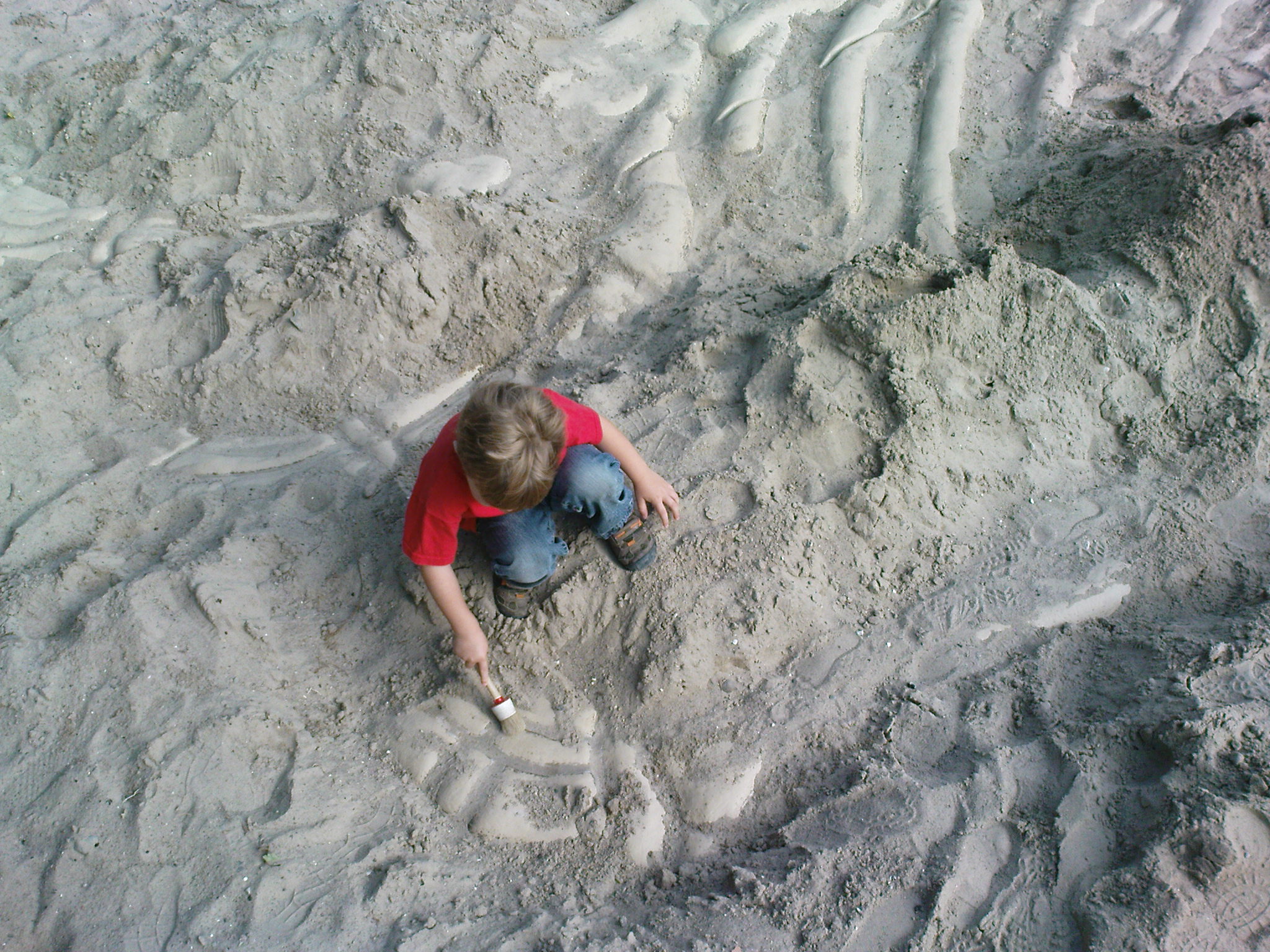
Montana’s fossil wealth isn’t limited to professional paleontologists—amateur fossil hunters regularly make significant discoveries across the state’s public lands. These citizen scientists have contributed enormously to our understanding of prehistoric life, often finding specimens that might have eroded away unnoticed.
The state’s fossil laws allow private collection on private land, creating opportunities for ranchers and landowners to discover and preserve important specimens. Many of Montana’s most famous dinosaur fossils were initially found by amateur collectors who recognized their significance and contacted professional paleontologists.
Educational programs and fossil hunting tours have made paleontology more accessible to the general public, creating a new generation of fossil enthusiasts who understand the importance of proper collection and preservation techniques.
Economic Impact of Montana’s Fossil Industry

Montana’s dinosaur fossils aren’t just scientifically valuable—they’re economic powerhouses that support entire communities. Fossil tourism brings thousands of visitors to the state each year, supporting local hotels, restaurants, and guide services in rural areas that might otherwise struggle economically.
The commercial fossil trade, while controversial among some scientists, provides significant income for Montana ranchers and private landowners. High-profile fossil auctions have brought millions of dollars to the state, though debates continue about balancing commercial interests with scientific research needs.
Museums and research institutions across Montana employ hundreds of people in fossil preparation, research, and education roles, creating a knowledge-based economy built around the state’s prehistoric heritage.
Conservation Challenges Facing Montana’s Fossil Sites
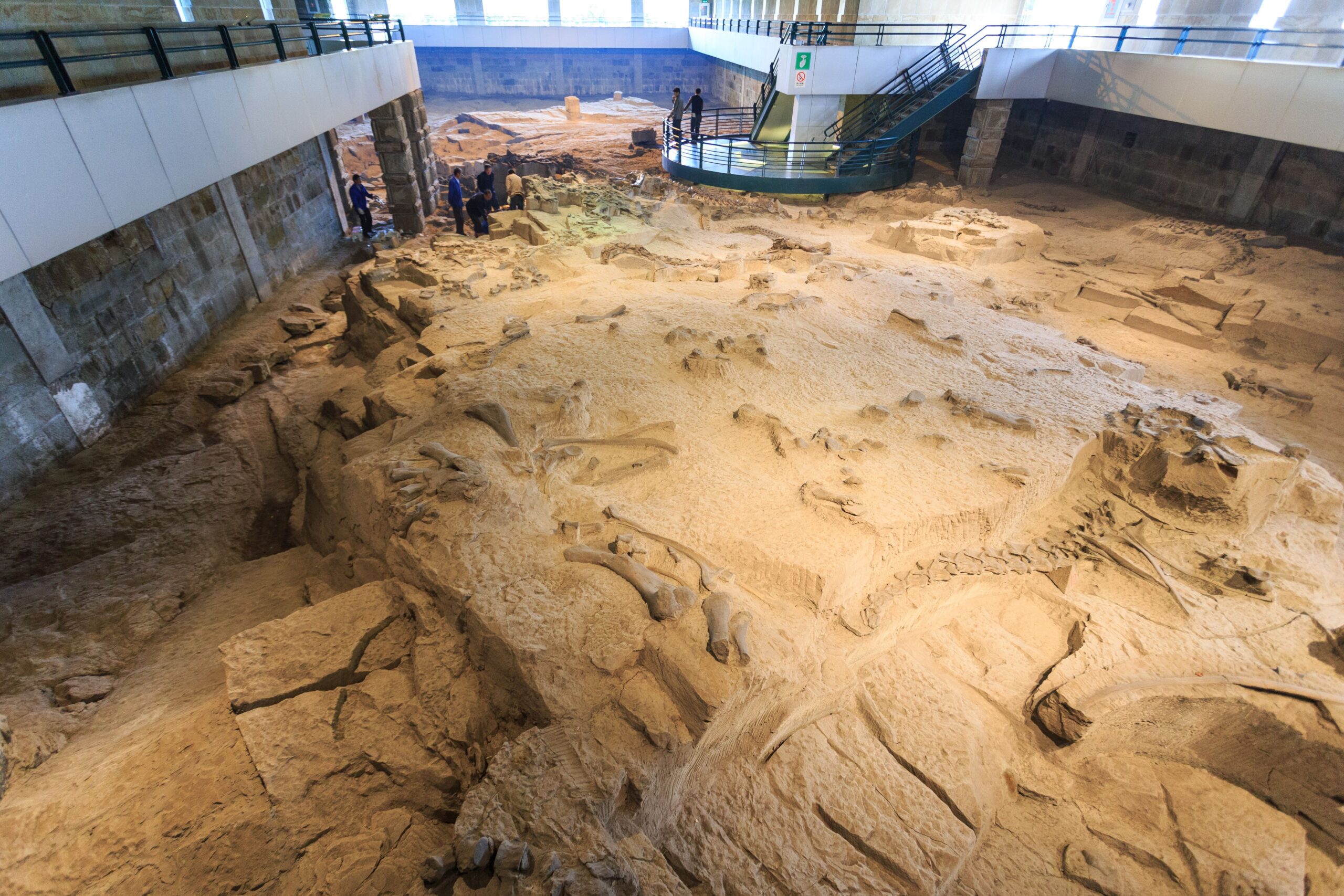
Despite their abundance, Montana’s fossil sites face serious conservation challenges. Climate change is accelerating erosion rates, which paradoxically both exposes new fossils and destroys others before they can be collected and studied. Extreme weather events can wash away decades of careful excavation work in a single storm.
Development pressure from oil and gas extraction, mining, and agricultural expansion threatens some of the state’s most important fossil-bearing formations. Once these sites are disturbed or destroyed, the scientific information they contain is lost forever.
Limited funding for paleontological research means that many discovered fossils sit in storage facilities for years before they can be properly studied and described, creating a backlog of potentially groundbreaking discoveries waiting for scientific attention.
Future Discoveries Waiting in Montana’s Rocks
Montana’s fossil riches are far from exhausted—scientists estimate that they’ve barely scratched the surface of what lies buried in the state’s rock formations. New technologies and techniques are revealing fossil sites that were previously invisible, suggesting that decades of exciting discoveries still lie ahead.
Unexplored regions of the state likely contain entirely new species and ecosystems that could reshape our understanding of dinosaur evolution and extinction. Remote sensing technology is identifying promising fossil sites in areas that were previously inaccessible or overlooked by traditional survey methods.
Young paleontologists are bringing fresh perspectives and innovative approaches to Montana’s fossil sites, using interdisciplinary methods that combine geology, biology, chemistry, and computer science to extract maximum information from every discovery.
Montana’s Role in Solving Extinction Mysteries
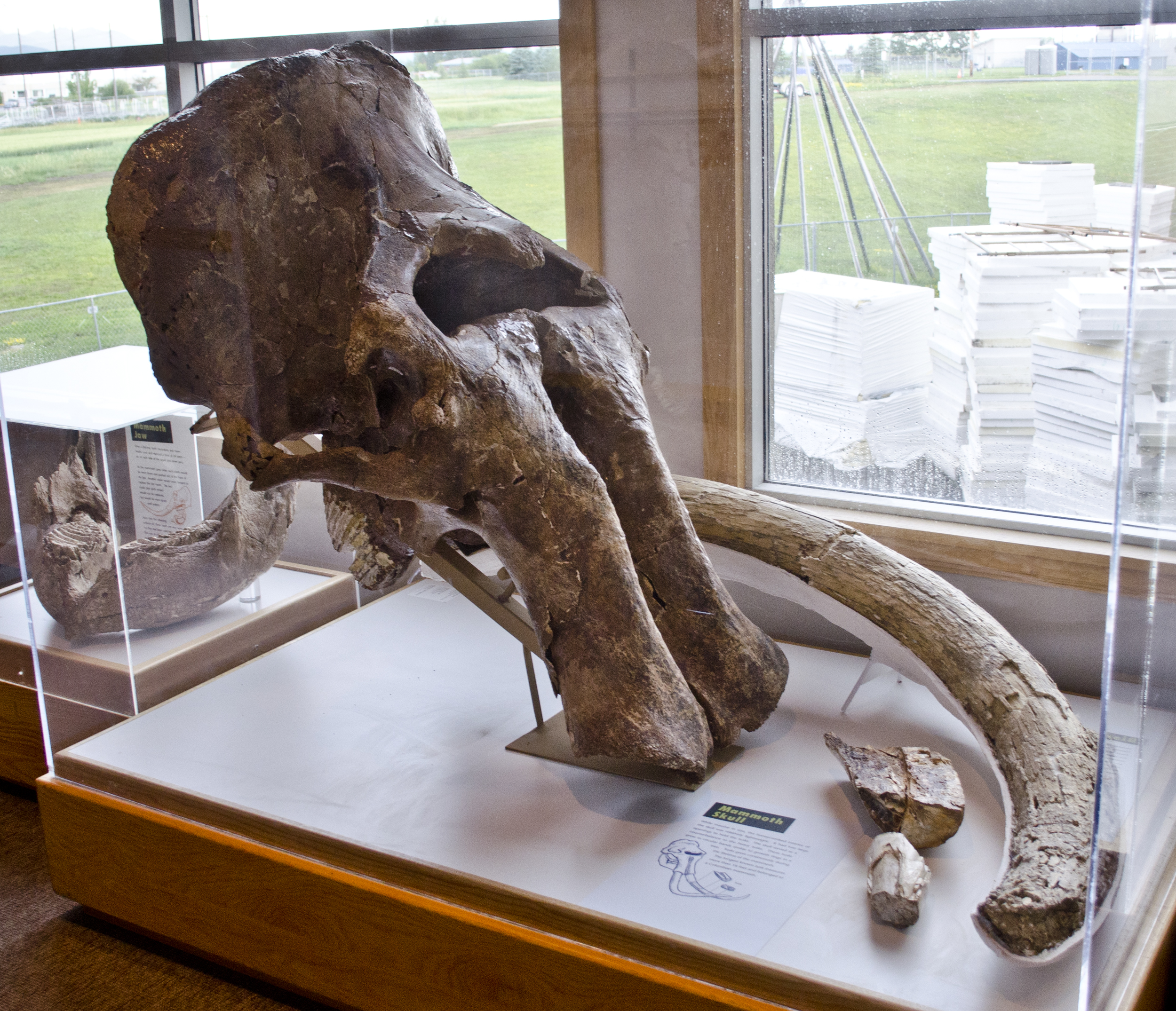
Montana’s fossil record holds crucial clues to one of science’s greatest mysteries: exactly what caused the mass extinction that ended the age of dinosaurs. The state’s Hell Creek Formation captures the final moments of the Cretaceous period with unprecedented detail, providing a front-row seat to this pivotal moment in Earth’s history.
Recent discoveries in Montana have revealed evidence of rapid environmental changes in the millions of years before the extinction event, suggesting that dinosaurs may have already been under stress when the asteroid impact delivered the final blow. These findings are reshaping scientific understanding of mass extinction processes and their modern implications.
The detailed fossil record preserved in Montana’s rocks serves as a natural laboratory for studying how ecosystems respond to catastrophic environmental changes, providing insights that are increasingly relevant as modern ecosystems face similar pressures from climate change and human activities.
Montana’s continued status as a world-class dinosaur fossil destination stems from a perfect combination of geological fortune, technological advancement, and dedicated scientific effort. The state’s ancient rock formations preserve one of the most complete records of late Cretaceous life on Earth, capturing the final chapter of the dinosaur era in extraordinary detail. From the famous T. rex specimens that grace museum halls worldwide to the countless lesser-known species that fill in crucial evolutionary gaps, Montana’s fossils continue to rewrite paleontology textbooks and capture public imagination. As new technologies reveal previously hidden fossil sites and climate change accelerates both discovery and destruction of these ancient treasures, Montana’s role in unlocking prehistoric mysteries becomes more important than ever. What other secrets might be waiting just beneath your feet in Big Sky Country?



